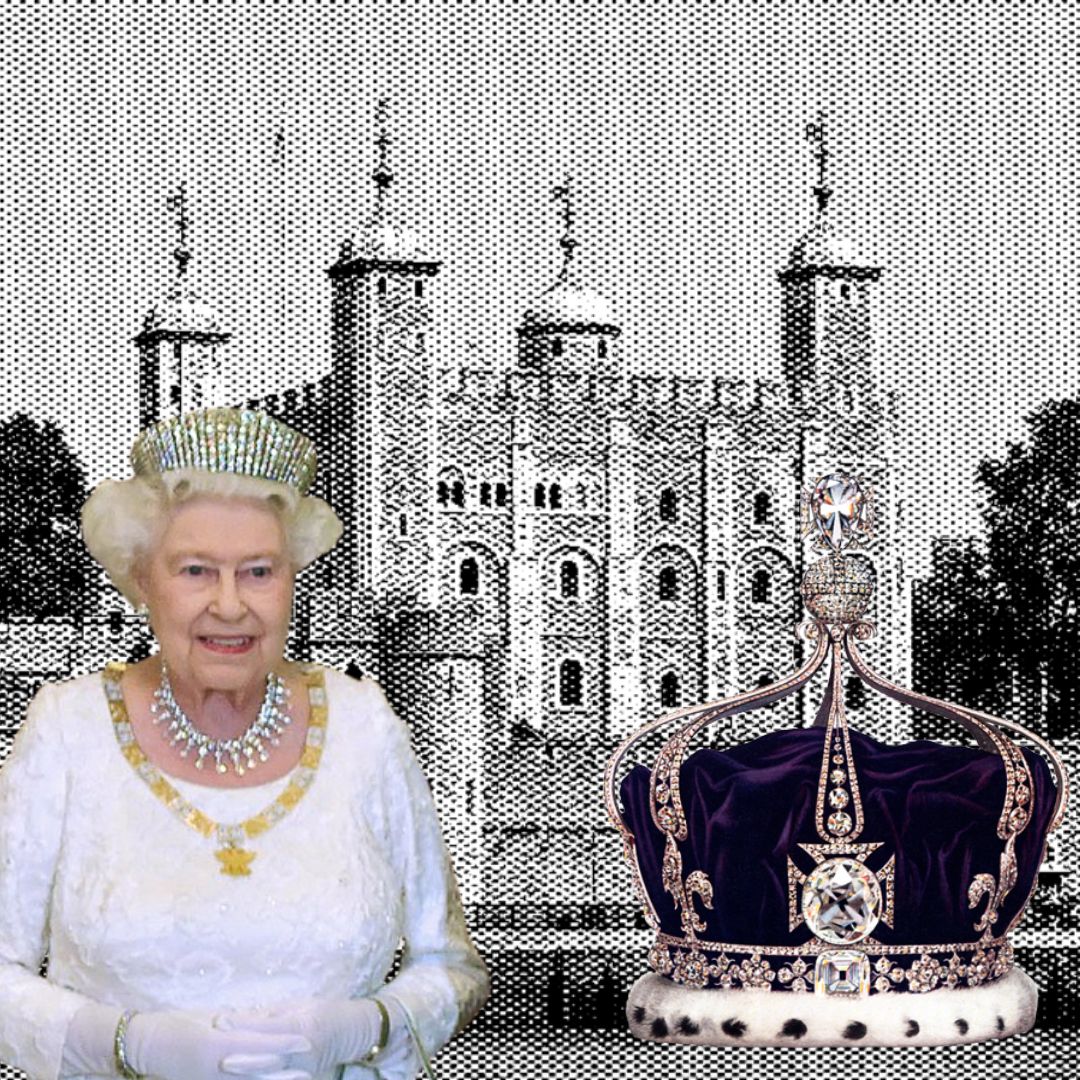From Kollur's Mine To Tower Of London: Looking Back At Journey Of India's Kohinoor Taken By British In 1849
Writer: Ronit Kumar Singh
A confident and reliable journalist who always desires to toss the unheard voices. I cover politics and governance extensively through stories.
India, 9 Sep 2022 9:50 AM GMT | Updated 30 Sep 2022 1:30 PM GMT
Editor : Shiva Chaudhary |
A post-graduate in Journalism and Mass Communication with relevant skills, specialising in content editing & writing. I believe in the precise dissemination of information based on facts to the public.
Creatives : Ronit Kumar Singh
A confident and reliable journalist who always desires to toss the unheard voices. I cover politics and governance extensively through stories.
The 'Mountain of Lights' with controversial origins is now one of 2,800 diamonds and other precious stones in the crown of Britain's monarch designed in 1937. It will now go to Queen Camilla after the demise of Queen Elizabeth II on September 8.
The most famous diamond piece in the world, with controversial origins, the dazzling Koh-i-Noor is now one of 2,800 diamonds along with other precious stones in the crown of Britain's monarch. It was introduced to the crown in 1937 and remained with Queen Elizabeth II until her demise Thursday (September 8).
The crown featuring the Kohinoor diamond synonymous with the 'Mountain of Lights' will now go to Queen Camilla when she takes her place as a Queen alongside King Charles III in the coronation ceremony.
On the eve of Queen Elizabeth's 70th accession, a message mentioned that it was her sincere wish that Camilla would be known as Queen Consort. On the coronation day of King Charles III, the precious crown featuring Kohinoor will be placed on Queen Camilla's head.
Kohinoor's History That Remains Controversial
The diamond was initially found in the 14th century in India's Kollur mine, a series of gravel-clay pits on the south bank of the Krishna river in the Golconda Sultanate. The owners of this precious stone have kept on changing over the centuries.
A report cited that the stone has been a matter of intrigue and conquest, passing through the ownership of Mughals, Iranian warriors, Afghan rulers, and Punjabi Kings.
According to the blurred line of history, the Kohinoor was handed to the British in 1849 under the condition of a punitive treaty signed with the Maharaja of Lahore following the Anglo-Sikh war, reported News18. Maharaja Duleep Singh was forced to shift from India to Britain, made to give the diamond to Britain as part of the treaty.
Initially, the stone measured 186 carats, but the Britishers didn't like its traditional cut. Britain recut the stone in an oval shape, losing 40 per cent of its original weight. Since then, the stone remained with Britain, and several countries, including India, continue to claim ownership.
Numerous myths have been attached to the shine of Kohinoor, as many say it's unlucky for men to own for too long. According to the surfaced myth, the Kohinoor is the harbinger of misfortune for any male; only a woman or God can wear this diamond without any adverse reaction. The tale came out after the early death of Kings wearing the Kohinoor in the 14th century.
Also Read: Delhi Air Pollution: Govt Prepares To Spray Free Bio-Decomposers In Farms To Prevent Stubble Burning
 All section
All section















